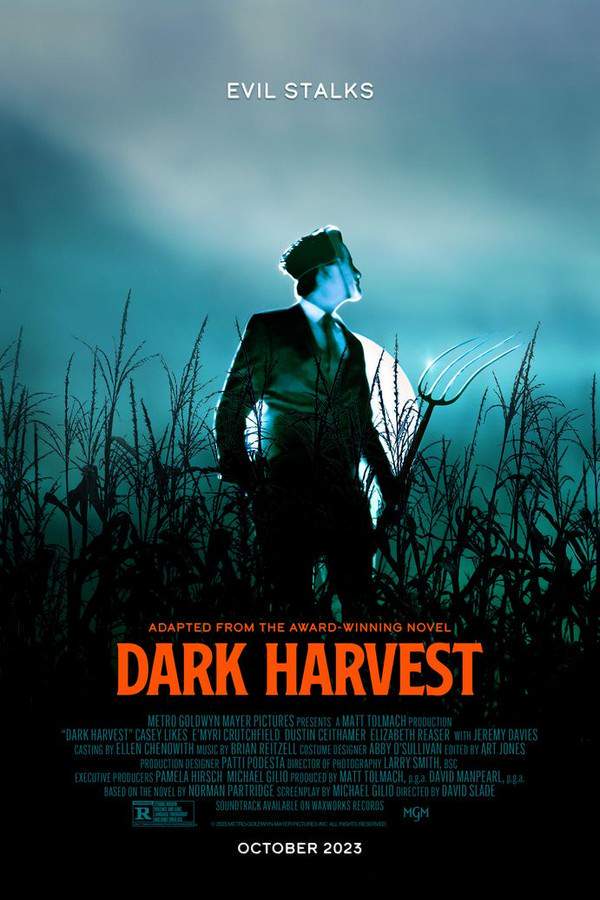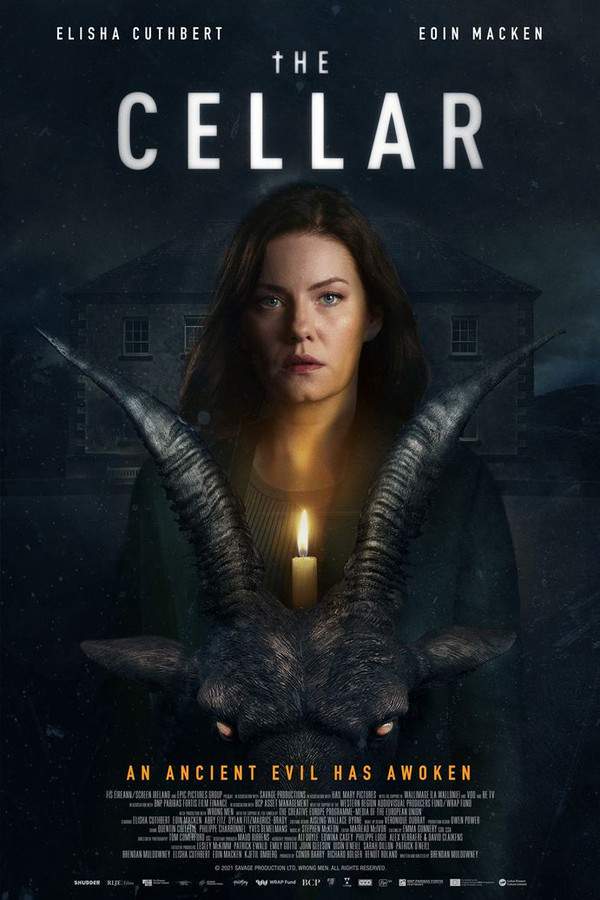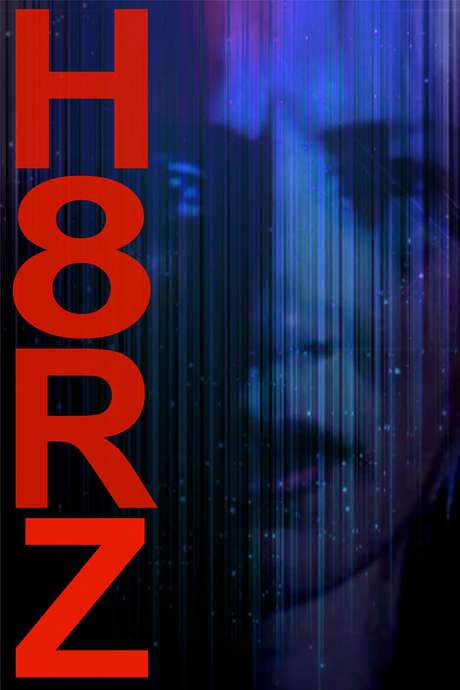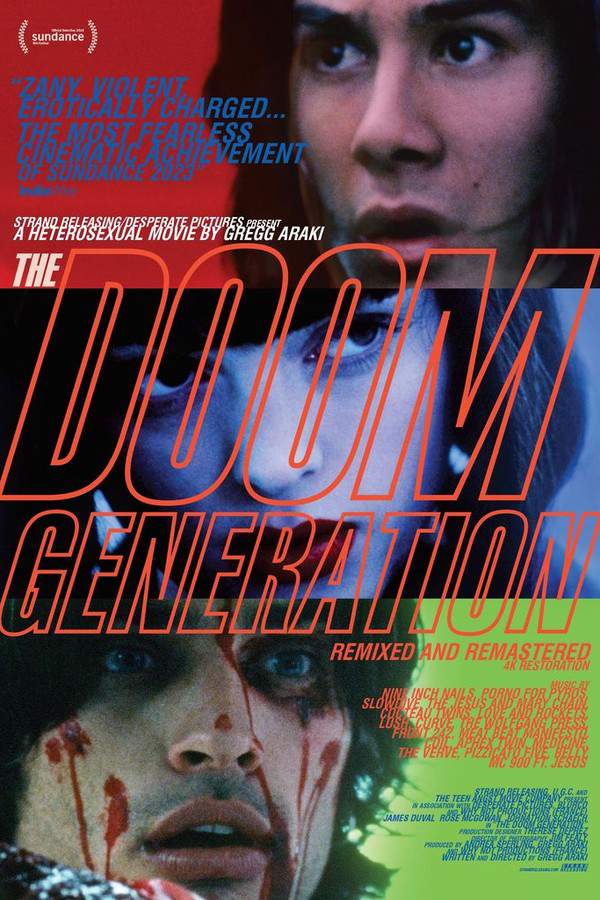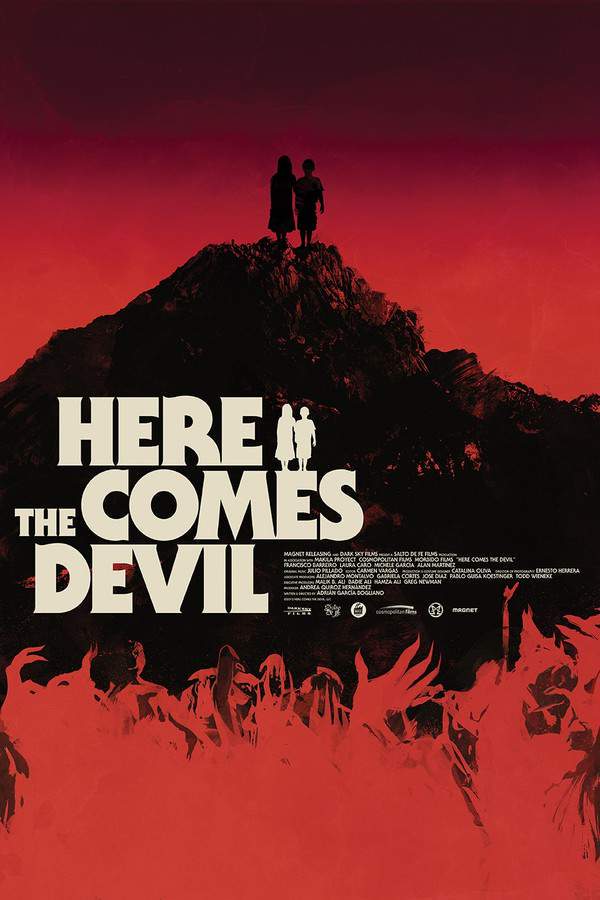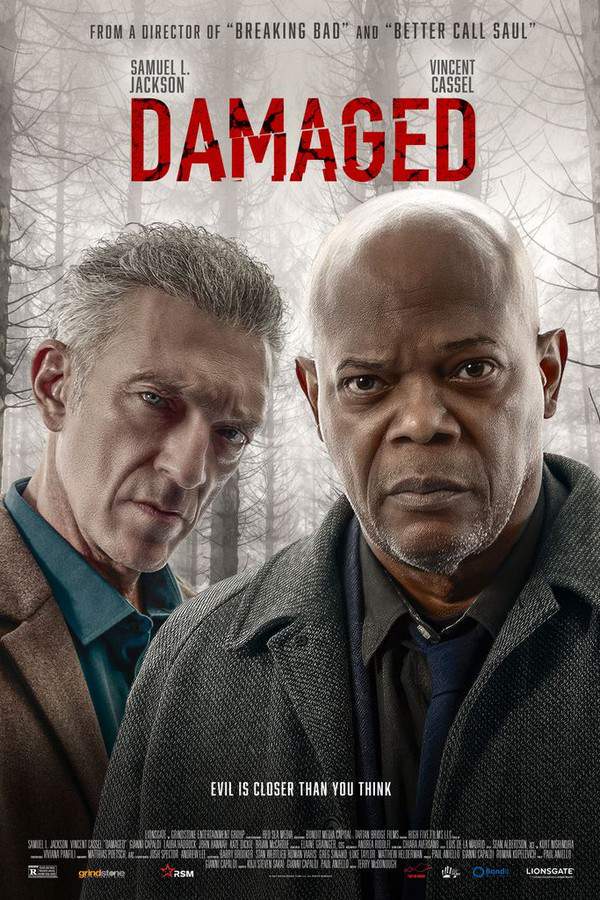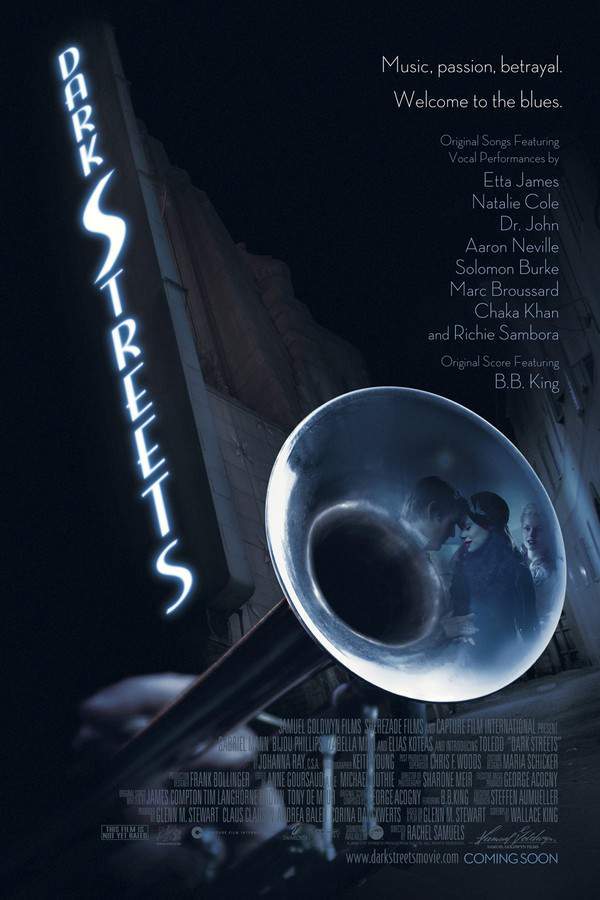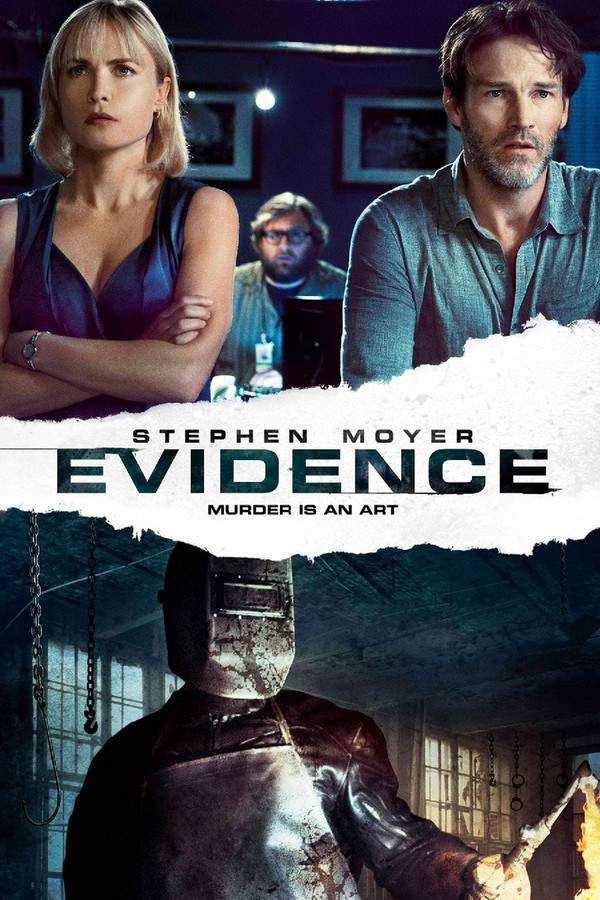
State’s Evidence
Year: 2004
Runtime: 89 mins
Language: English
Director: Benjamin Louis
Suicide is never easy. Six high school teenagers decide to commit suicide together, but their plans soon go awry when one of them has something darker in mind as well.
Warning: spoilers below!
Haven’t seen State’s Evidence yet? This summary contains major spoilers. Bookmark the page, watch the movie, and come back for the full breakdown. If you're ready, scroll on and relive the story!
State’s Evidence (2004) – Full Plot Summary & Ending Explained
Read the complete plot breakdown of State’s Evidence (2004), including all key story events, major twists, and the ending explained in detail. Discover what really happened—and what it all means.
Scott Douglas Smith declares his intention to kill himself and shoot it all with his camera, a troubling plan born from despair that he thinks might be worth documenting. At school, he confides in his five closest friends—Brian [Cody McMains], Rick [Drew Tyler Bell], Patrick [Kris Lemche], Trudi [Majandra Delfino], and Sandy [Alexa PenaVega]—who try to calm him down and reassure him that life will get better. Yet the mood quickly darkens as they consider the possibility of turning their pain into something public; they decide to follow through on a shared, dangerous impulse and purchase cameras for everyone, aiming to upload their raw videos to a website and tell their story in real time.
Patrick’s actions grow more disturbing as he reveals a troubling pattern: he had been filming a local bully, Tyrone [Andrew McFarlane], and his girlfriend, an act that ends with Tyrone beating him for the intrusion. This moment foreshadows the dangerous escalation that follows, as Patrick launches a plan to target students who irritate him before taking his own life. He records a video in which he draws up a list of the people he intends to kill, a clip that is eventually found by one of the boys and shown to the group. The discovery provokes a heated reaction: Sandy and Trudi push back, with Trudi warning that Patrick might be losing it, but Patrick insists it’s only a joke—part of a larger claim he makes about his “art” and notoriety.
Sandy responds with blunt honesty, labeling Patrick a murderer, a confrontation that highlights the mounting tension within their circle. Despite the outcry, the group decides not to broadcast the violent contents of that tape, choosing instead to stash it on a camera as what they call “State’s Evidence.” The plan then shifts to a grim routine: they arrange to meet at the school at a single time and fall asleep together, hoping to fade into the background of a silent, shared tragedy. But Patrick and Rick rise before the others, slip into the hall, and Patrick loads his gun, urging Rick to film everything as it unfolds.
What follows is a nightmare of gunfire and fear. Patrick begins shooting students, scanning the hall for Tyrone and his friends, while other students scramble or lie injured in the corridors. Scott races to intervene, finding Patrick harassing Tyrone, who is on his knees and crying, while Rick continues filming the horrifying scene. In a brutal moment, Scott pleads with Patrick to spare Tyrone and take him instead, but Patrick injures Scott and then kills Tyrone in cold blood. Rick shoves the camera away and runs, trying to escape the unfolding carnage.
Patrick seizes the camera and drags the wounded Scott into a science room, where he records a chilling confession: this wasn’t a random act; Patrick intends to force the country to notice the issues of teenage bullying and self-destruction. He declares his aim to provoke national attention, then ends his own life with a gunshot. Scott, in a final, haunting twist, admits that the entire sequence began from sheer boredom and a desire to feel alive, a revelation that reframes the tragedy as a cruel commentary on the ennui of adolescence rather than a chaotic accident. Police arrive to find both boys dead and the camera left running until they switch it off.
The movie closes on a somber note: Scott’s mother sits beside a television, her face swollen with tears as she confronts the unreachable void left by a son’s death and a school’s unspoken loneliness. The story lingers in the viewer’s mind as a stark, unsettling look at how inertia and disenchantment can spiral into violence, leaving families and communities to pick up the shattered pieces long after the final image fades.
Last Updated: October 09, 2025 at 16:35
Explore Movie Threads
Discover curated groups of movies connected by mood, themes, and story style. Browse collections built around emotion, atmosphere, and narrative focus to easily find films that match what you feel like watching right now.
Movies about teenage nihilism and violence like State’s Evidence
Stories of alienated youth whose despair escalates into extreme, violent acts.Explore a collection of movies like State’s Evidence that delve into the disturbing psychology of alienated teenagers. These films share a bleak tone and heavy emotional weight, focusing on stories where youthful despair culminates in violent acts, school tragedies, and shocking consequences for the characters and their community.
Narrative Summary
The narrative pattern typically follows a group or individual teenager grappling with intense feelings of isolation, bullying, or existential ennui. What begins as angst or melancholy transforms into a dangerous plan, often starting as a vague idea that gains terrifying momentum. The story methodically escalates tension as the characters move closer to an irreversible point of no return, culminating in a devastating climax of violence or self-destruction.
Why These Movies?
These movies are grouped together due to their unflinching focus on the link between adolescent mental health crises and extreme violence. They share a consistently dark tone, high intensity, and a bleak, often tragic, conclusion. The emotional journey is heavy, creating a harrowing and thought-provoking viewing experience centered on a specific, disturbing facet of youth.
Movies with a steady buildup to tragedy like State’s Evidence
Narratives where a troubling plan is set in motion, leading to a devastating, unavoidable conclusion.If you appreciated the methodical, tense buildup in State’s Evidence, this thread collects similar thrillers and dramas. These movies follow a steady pace toward an inevitable, bleak climax, creating a harrowing sense of dread. They are characterized by high intensity, a dark tone, and stories where a terrible plan leads to tragic consequences.
Narrative Summary
The narrative structure is defined by its forward momentum toward a known or strongly foreshadowed catastrophic event. The plot unfolds with a procedural feel, detailing the preparations, doubts, and key moments that lead to the climax. This creates a unique form of suspense rooted not in 'what' will happen, but in the unsettling 'how' and the emotional toll on everyone involved. The ending is almost always bleak, emphasizing the senselessness and finality of the tragedy.
Why These Movies?
These films are united by their specific pacing and structure—a steady, unrelenting march toward disaster. They share a high level of sustained tension and a dark, often claustrophobic atmosphere. The viewing experience is defined by a feeling of powerlessness and dread, as the narrative refuses to offer escapes or happy twists, staying true to its grim trajectory.
Unlock the Full Story of State’s Evidence
Don't stop at just watching — explore State’s Evidence in full detail. From the complete plot summary and scene-by-scene timeline to character breakdowns, thematic analysis, and a deep dive into the ending — every page helps you truly understand what State’s Evidence is all about. Plus, discover what's next after the movie.
State’s Evidence Timeline
Track the full timeline of State’s Evidence with every major event arranged chronologically. Perfect for decoding non-linear storytelling, flashbacks, or parallel narratives with a clear scene-by-scene breakdown.

Characters, Settings & Themes in State’s Evidence
Discover the characters, locations, and core themes that shape State’s Evidence. Get insights into symbolic elements, setting significance, and deeper narrative meaning — ideal for thematic analysis and movie breakdowns.

State’s Evidence Spoiler-Free Summary
Get a quick, spoiler-free overview of State’s Evidence that covers the main plot points and key details without revealing any major twists or spoilers. Perfect for those who want to know what to expect before diving in.

More About State’s Evidence
Visit What's After the Movie to explore more about State’s Evidence: box office results, cast and crew info, production details, post-credit scenes, and external links — all in one place for movie fans and researchers.

Similar Movies to State’s Evidence
Discover movies like State’s Evidence that share similar genres, themes, and storytelling elements. Whether you’re drawn to the atmosphere, character arcs, or plot structure, these curated recommendations will help you explore more films you’ll love.
Explore More About Movie State’s Evidence
State’s Evidence (2004) Scene-by-Scene Movie Timeline
State’s Evidence (2004) Movie Characters, Themes & Settings
State’s Evidence (2004) Spoiler-Free Summary & Key Flow
Movies Like State’s Evidence – Similar Titles You’ll Enjoy
Evidence (2013) Complete Plot Breakdown
Game of Death (2017) Story Summary & Characters
7 Deadly Sins (2019) Spoiler-Packed Plot Recap
Crime Scenes (2000) Ending Explained & Film Insights
The Art of Dying (1991) Detailed Story Recap
Physical Evidence (1989) Spoiler-Packed Plot Recap
Fatal Pulse (1988) Spoiler-Packed Plot Recap
Horny Teenagers Must Die! (2024) Film Overview & Timeline
Killer’s Moon (1978) Ending Explained & Film Insights
Death on Demand (2008) Full Movie Breakdown
Girls for Rent (1974) Story Summary & Characters
Someone’s Knocking at the Door (2009) Full Summary & Key Details
School of Fear (1969) Complete Plot Breakdown
Watch’em Die (2009) Detailed Story Recap
Evidence of Blood (1998) Ending Explained & Film Insights




